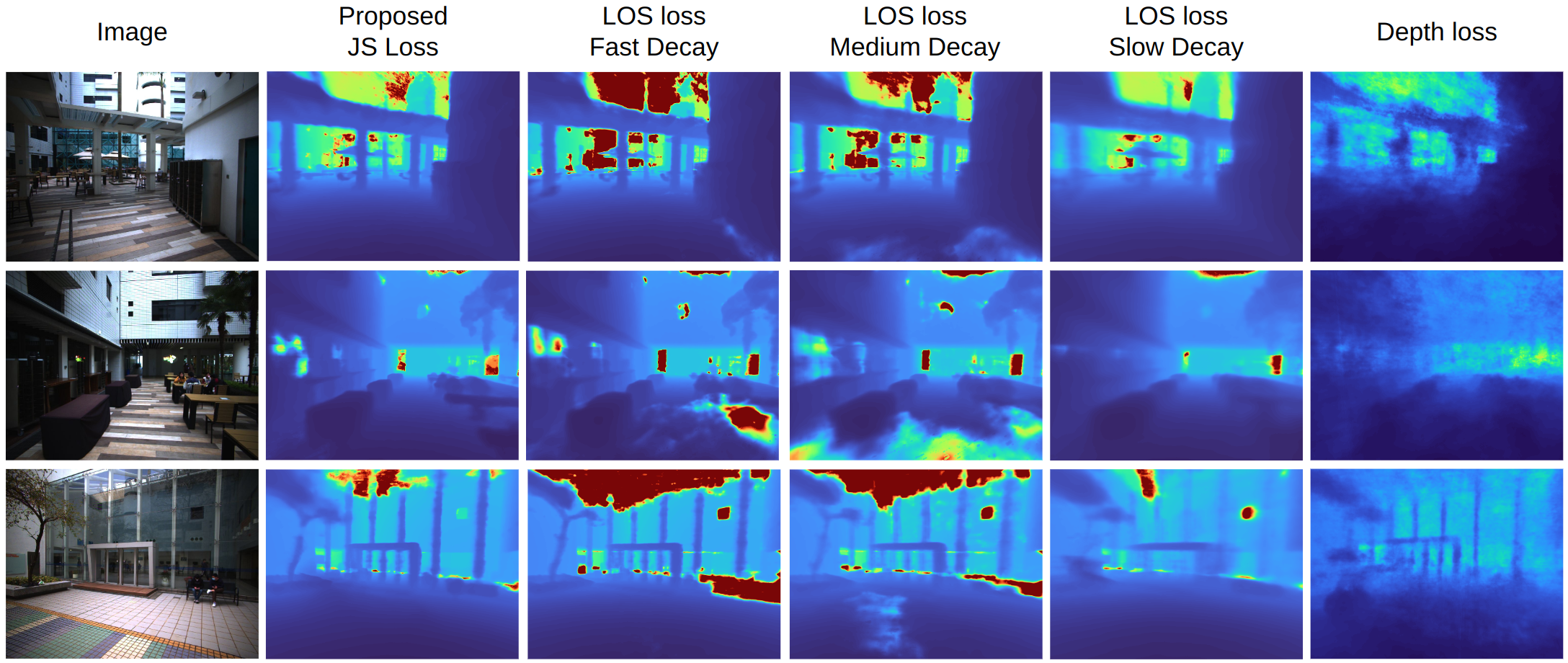LONER 🚶
LiDAR Only Neural Representations for Real-time SLAM
RA-L 2023 Best Paper
Seth G. Isaacson*
Pou-Chun Kung*
Mani Ramanagopal
Ram Vasudevan
Katherine A. Skinner
sethgi@umich.edu
pckung@umich.edu
srmani@umich.edu
ramv@umich.edu
kskin@umich.edu
* Equal Contribution
All authors are affiliated with the Robotics Department of the University of Michigan, Ann Arbor.
Paper
GitHub




